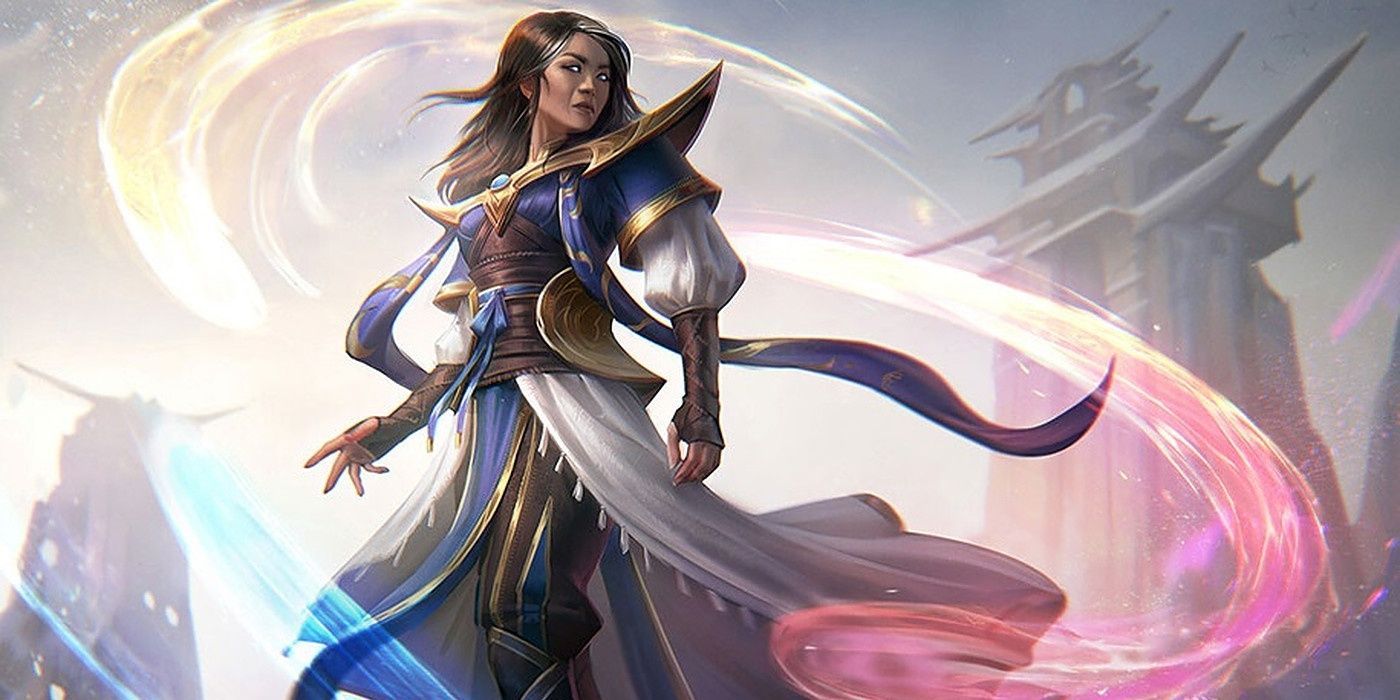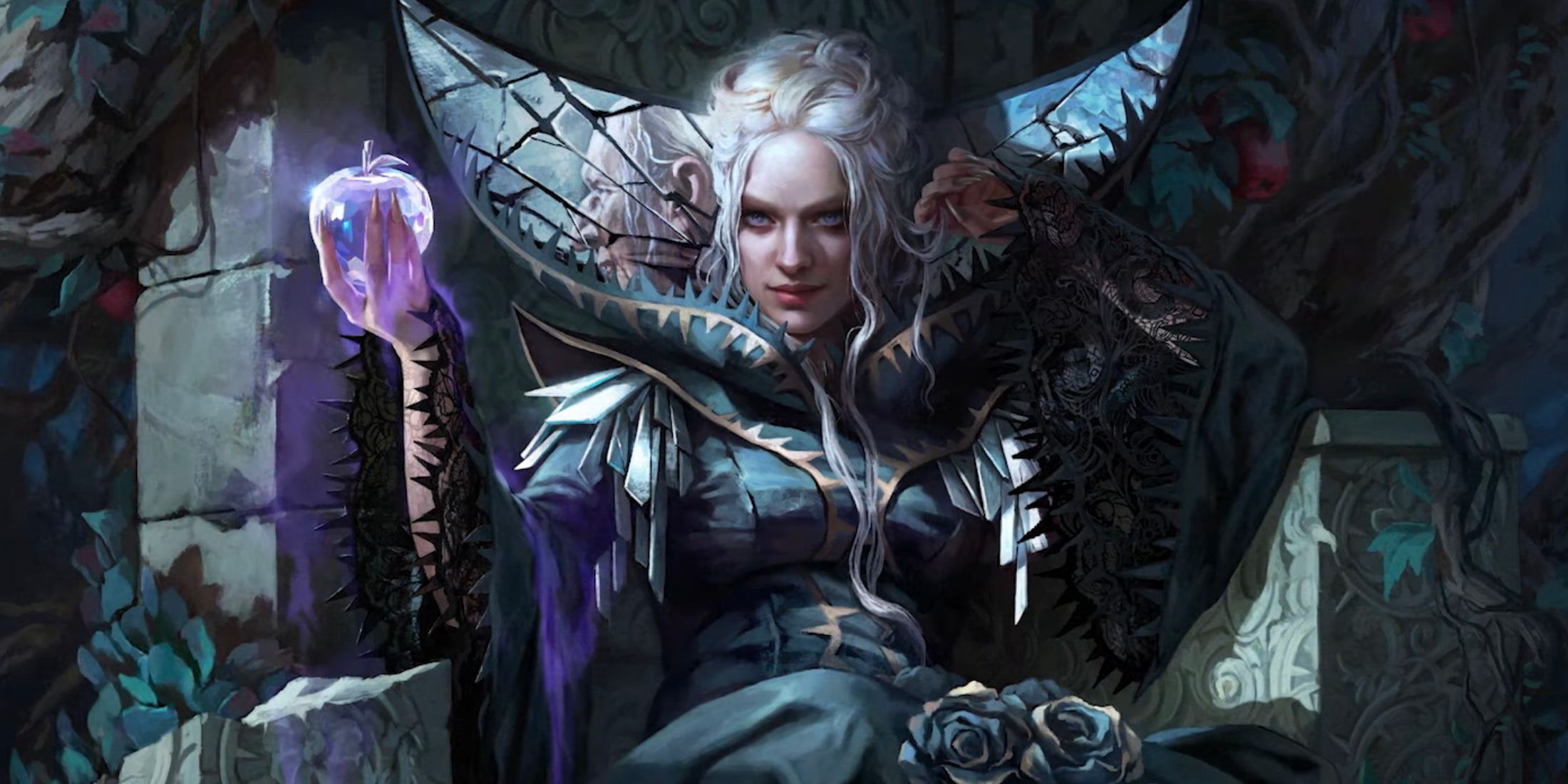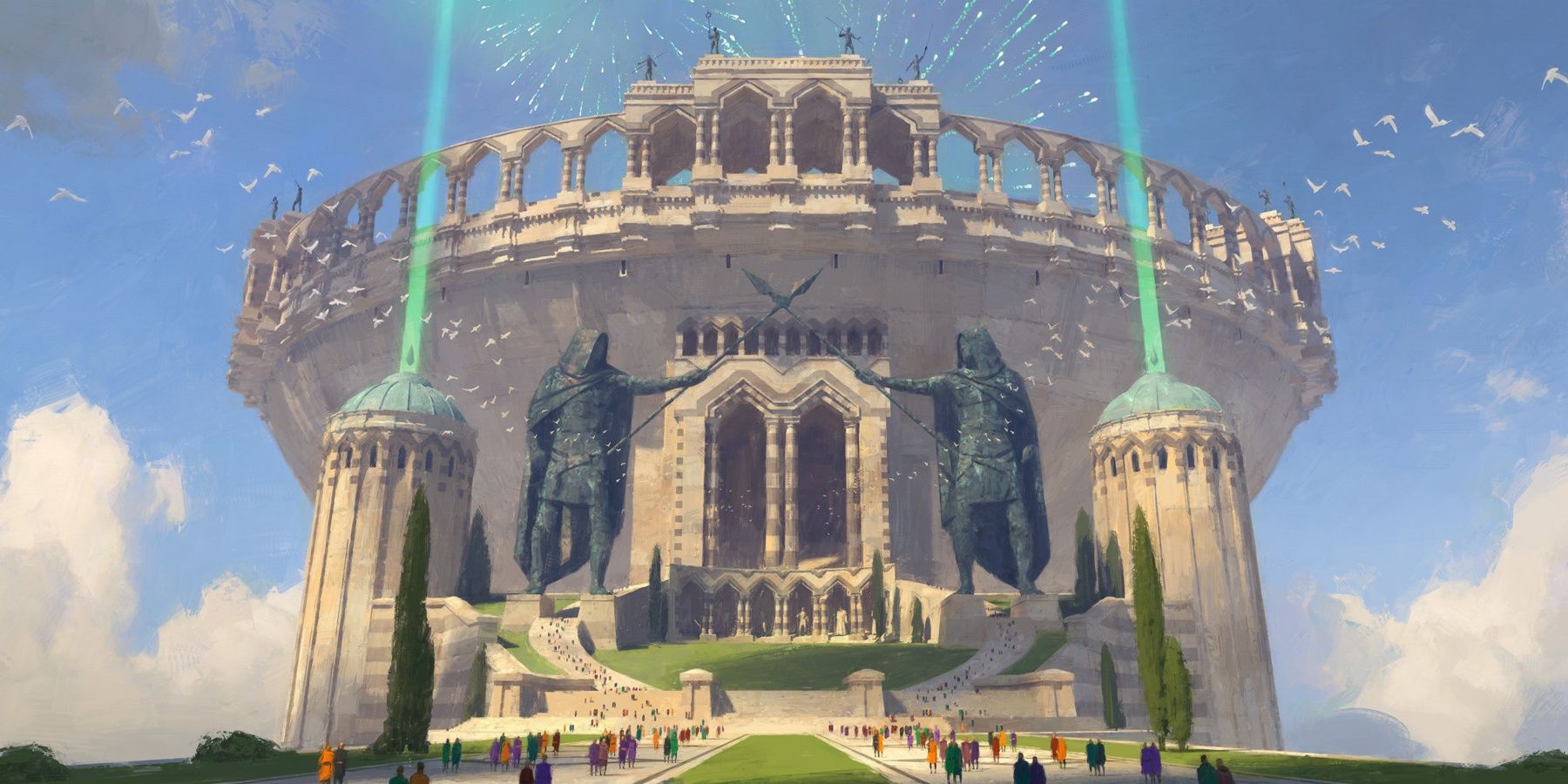Magic: The Gathering's lore just entered an unprecedented new era where the planes of MTG's multiverse are all connected via the omenpaths, a consequence of Elesh Norn's failed invasion. Now, it's not just Planeswalkers who can travel between planes of existence but everyone, and this has serious implications for future sets.
Some fantasy fans love it when fictional worlds are fleshed out in impressive detail, including diverse characters, feuding factions and visually distinct settings. MTG did this with Dominaria, the game's first setting, but most modern sets are surprisingly superficial and aren't very detailed beyond the surface. Fans on reddit are concerned MTG is heading toward a future with poorly fleshed out, one-dimensional sets -- but MTG's "World of Hats" might actually end up saving the game by maintaining each plane's unique identity.
MTG's "World of Hats" Trope Is Surprisingly Common
The World of Hats trope is when a single setting has the same aesthetic and theme everywhere, so one idea defines the entire location. This is common in sci-fi series like Star Trek and Star Wars; the whole planet of Tatooine is a desert, Coruscant is entirely a high-tech city, and Hoth is nothing but tundra. The downside is that it feels overly simplistic to design settings this way, and it denies the world the same depth of realistic settings like Earth. However, for the narrative's sake, writers use this trope so fans can instantly recognize settings at a glance. This helps each location feel distinct with its own personality.
In Magic: The Gathering, the World of Hats trope is fairly common, such as the Greek-inspired plane Theros, the Japanese-themed Kamigawa, and the Gothic horror plane Innistrad, among other examples. Meanwhile, the game's first major setting, Dominaria, is more akin to Earth, with multiple named continents, a diverse range of biomes, multiple feuding factions, and famously deep and intricate lore. This was great for players who love in-depth, realistic settings, but nowadays, one-note planes like MTG's fairy tale-inspired Eldraine feel shallow and almost cartoonish by comparison.
This displeased some dedicated fantasy fans, leading them to dismiss the lore as cheap and shallow. In some ways, they may be right. But now, with the planes of the Multiverse being more connected than ever, the World of Hats trope may actually become the lore's most valuable tool. Until now it was an ever-growing problem, but Elesh Norn's invasion changed the rules about how planes are designed and presented in the lore and game alike.
MTG's Interconnected Planes Are Like One Big Dominaria
When planes were separate and only Planeswalkers could travel between MTG's planes, each world had to feel like a well-rounded setting, not just a single gimmick. In MTG's first era, Dominaria stood out as a diverse and remarkably deep setting that most other planes don't hold a candle to today. Post-invasion, the planes are connected, and each one is a piece of a larger mosaic. Before, it was just the players who could appreciate diversity in the multiverse's design, but now the characters can appreciate it, too, and the game is designed accordingly.
The entire multiverse is now one gigantic Dominaria, with each plane contributing different elements to make this meta-setting rounded and diverse. The multiverse has its dark, Gothic setting with Innistrad, stylish technology from Kaladesh and Kamigawa, light-hearted fantasy fun on Lorwyn, bloody warfare on Tarkir, and a cool urban setting on New Capenna. Each plane is for the multiverse what each kingdom and continent was for Dominaria, so the world of hats trope is essential.
If every plane was like Dominaria, there would be huge amounts of redundancy with these interconnected planes, but that won't be the case now. Each plane may feel shallow and simplistic on its own, but with this meta-plane paradigm, each plane does its job well. These interconnected planes will undoubtedly make for interesting and engaging sets, featuring non-Planeswalkers visiting new realms with totally new fantasy hats to try on.



